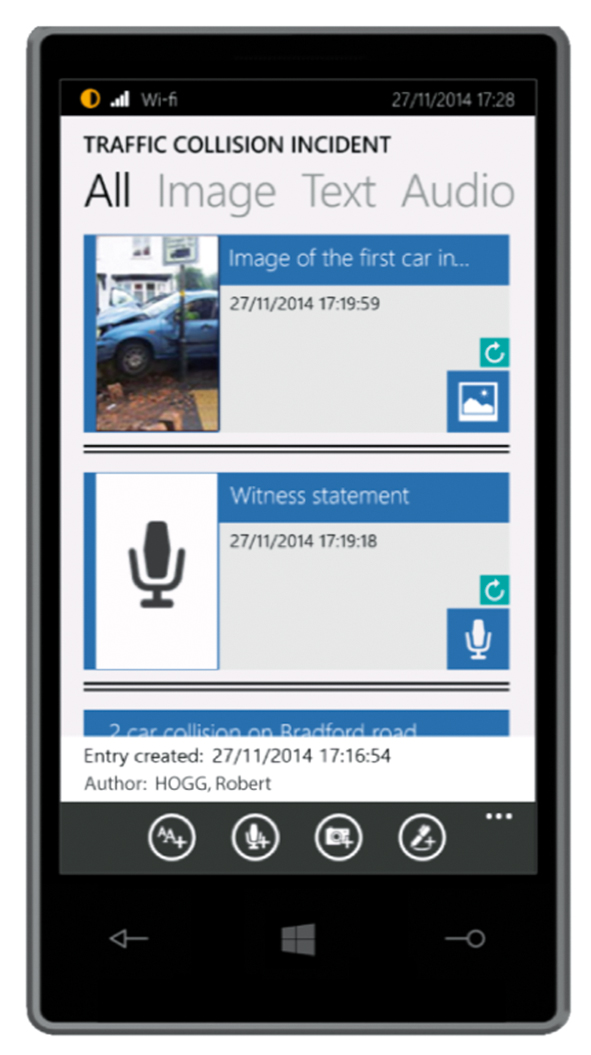Dorset Police begins rollout of fleet management system
In a major upgrade to its operational, incident analysis and driver training system, Dorset Police will be extending its telematics fleet management system across the majority of its operational fleet.

In a major upgrade to its operational, incident analysis and driver training system, Dorset Police will be extending its telematics fleet management system across the majority of its operational fleet.
The Airmax Telematics system is an advanced approach to operational fleet management, combining vehicle CANbus (controller area network) and ESCAN (emergency services controller area network) data with 1m accuracy GPS (global positioning system) location data.
The resulting report suites deliver detailed information on not just where vehicles are but also how the vehicle is being driven, the ID of the driver, faults developing on the vehicle and EDR (Event Data Recorder) standard incident and collision analysis. The aspect of how the vehicle is driven is assuming increasing importance as the duty of care remit now encompasses blue light fleets.
Paul Chick MBE, head of transport for Dorset Police, said: The adoption of the Airmax system represents a major step forward for Dorset in terms of operational fleet control, risk and cost reduction and the fact that in partnership with vehicle manufacturers they have provided Dorset Police with a turnkey solution that takes full advantage of manufacturers warranty as part of our strategy to reduce service, maintenance and repair (SMR) costs.
Across the board it takes us to a new level in the integration of a system that is instrumental and has a proven track record in improving efficiency and cutting costs.
The EDR level data for incident and collision investigation is a significant plus point in that the functionality is embedded into a single in-vehicle unit.
Airmax has tailored the Dorset Police dashboard to give managers a snapshot and overview of increases/ decreases in specific driver behaviour trigger areas such as speeding, harsh acceleration and braking, over revving and long idling events and, crucially, the resulting costs together with an environmental footprint of fleet CO2 output. A vehicle health check is also achieved via real-time receipt of vehicle fault codes.
The telematics system is installed with a number of other UK police forces and fire and rescue services and is about to be trialled with one of the UKs biggest NHS ambulance organisations.
One Box guidance and updates
The Home Office Centre for Applied Science and Technology (CAST) has just published updated guidance to One Box standards for vehicle telematics and associated data management systems.
In 2012, the Home Office published the Driver and Vehicle Data Management Criteria, which detailed the suggested performance standards for vehicle telematics units and their associated data management systems.
The criteria were written with the aim of ensuring a common approach to the design of police telematics, together with providing a management tool to underpin safe and efficient driving for organisations and staff. This approach was taken to deliver cost efficiencies across the police service as well improving driver behaviour and reducing collisions, so protecting lives and property.
The Home Office has continued to liaise closely with the vehicle telematics industry and CAST has published two documents to clarify certain points in the criteria, revamp the accreditation mechanism and outline the testing protocols systems should undergo to show compliance.
Visit www.gov.uk/government/uploads/ system/uploads/attachment_data/file/320768/driver-vehicle-data-management-system-requirements-0114.pdf



